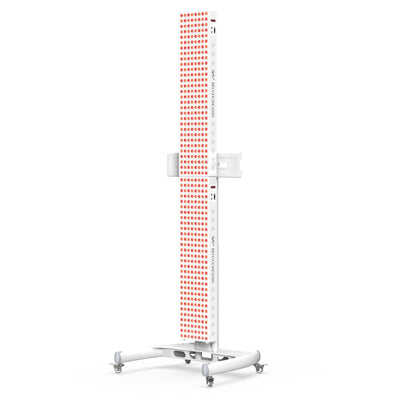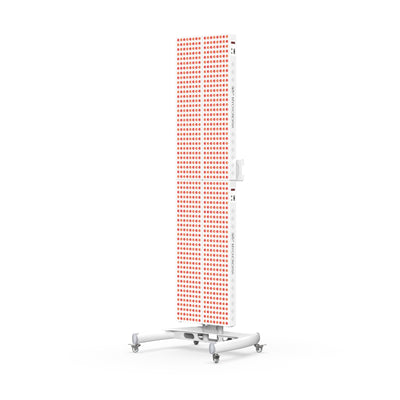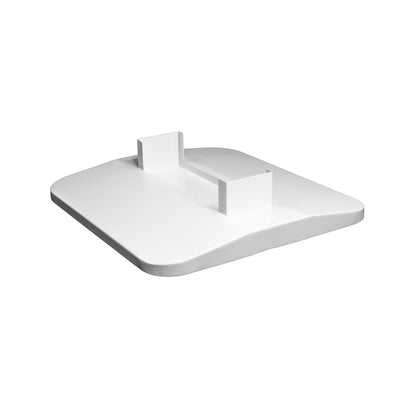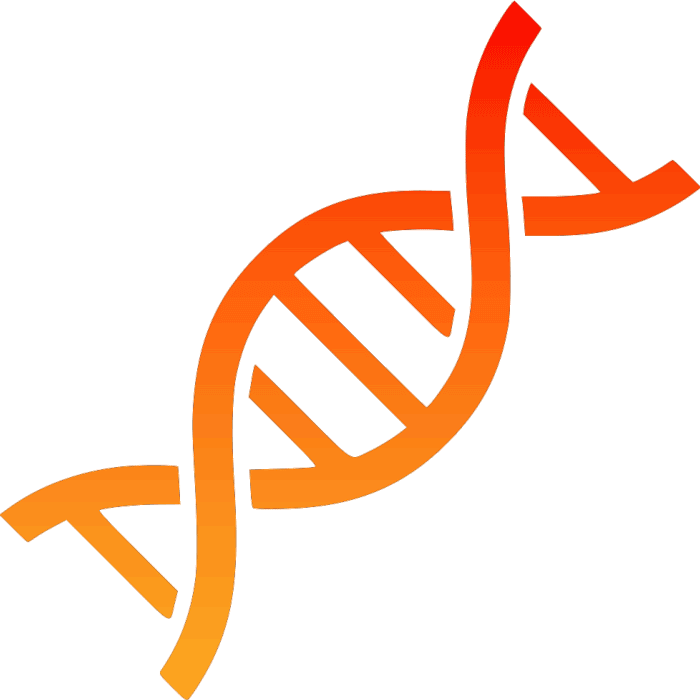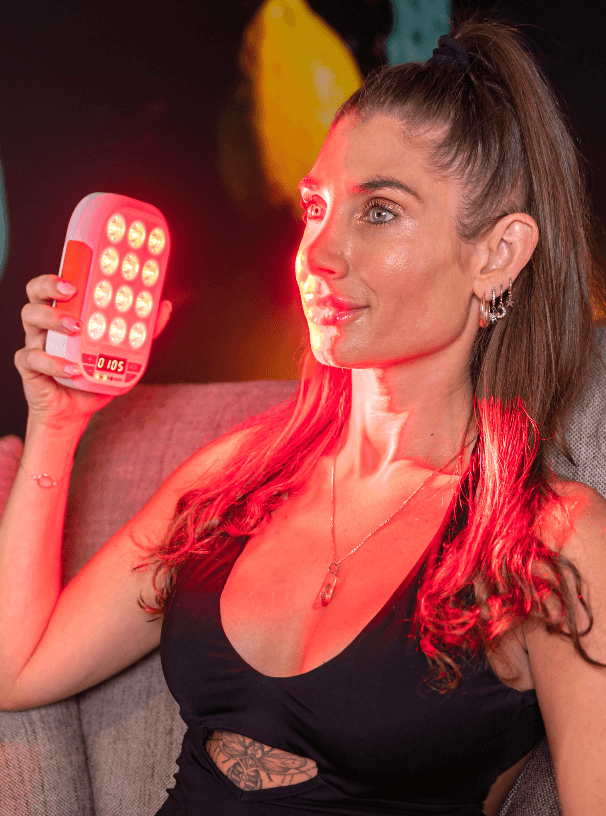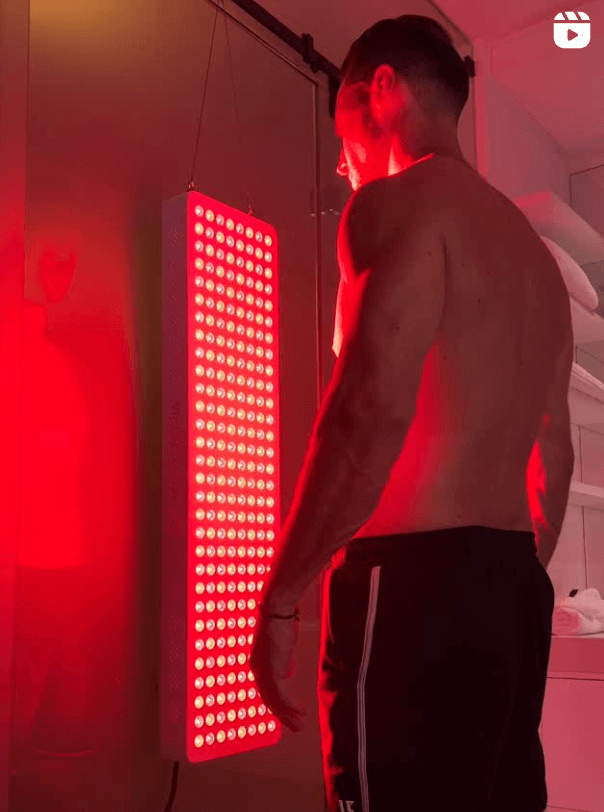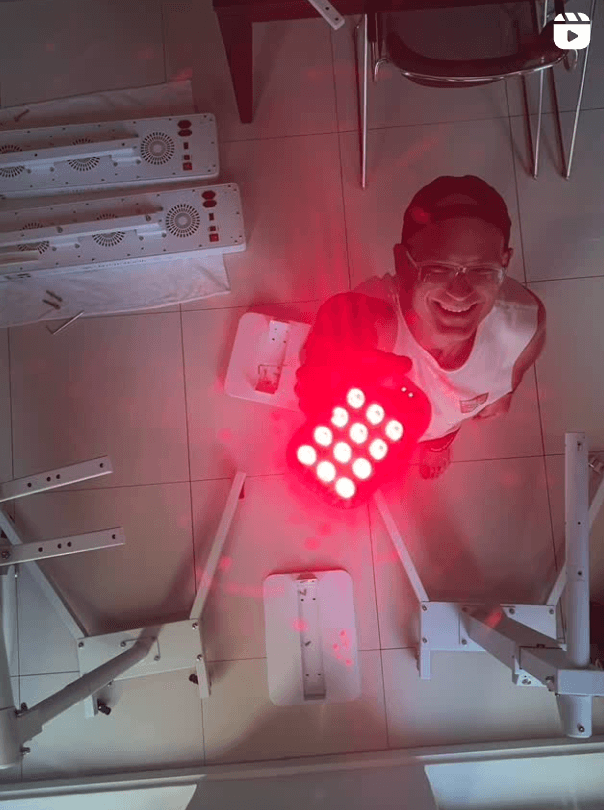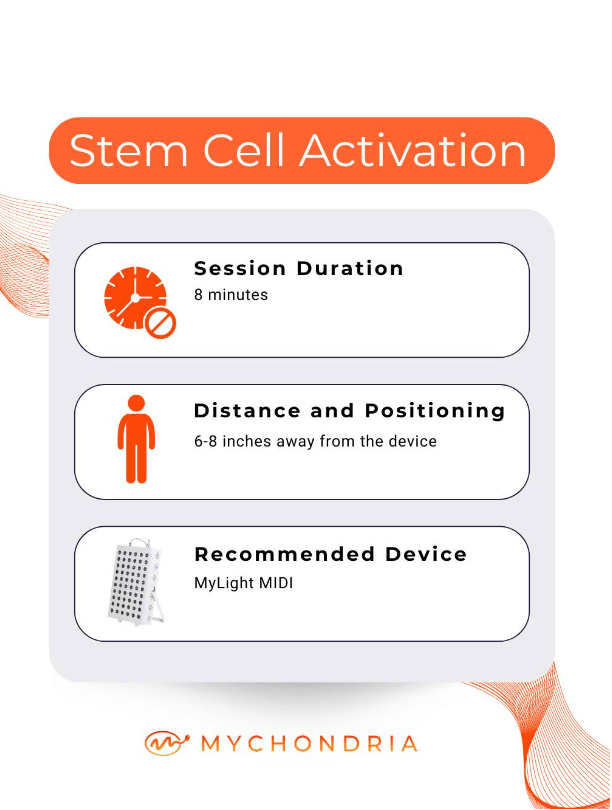
Now, this is going to be a big one. The C-word is possibly one of the most devastating diseases known to man. In 2020 alone, there were 20 million new cases of cancer diagnosed worldwide, with over 10 million deaths. Those statistic are incredibly terrifying, with breast, lung, prostate and skin cancers being the highest recorded diagnoses worldwide; respectively. Ironically, we’ve always been told that sunlight causes skin cancer, so how could red light possibly help? Let’s shine a light on some interesting information…
What is cancer?
Cancer is a disease that can start almost anywhere in the body. The trillions of cells that our bodies are made up of continuously grow and multiply, to build new muscles or replace damaged tissues wherever the body needs it.
Sometimes this process breaks down, and results in abnormal or damaged cells. These cells spread rapidly, and invade nearby tissues or even organs far from the initial breakdown site, to form more damaged cells.
Cancerous cells are incredibly smart, they’re able to:
- tell blood vessels to grow toward tumours, to supply the rumours with oxygen and nutrients.
- ignore normal body signals to stop growing
- hide from cells from the immune system designed to eliminate them
- take nutrients and oxygen away from normally functioning cells
We know that the most common treatments for cancer are radiation and chemotherapy. But we wanted to investigate how something like red light therapy can assist in cancer treatment.
What is Photodynamic Therapy (PDT)?
This is a type of treatment that combines light with photosensitising agents (a medicine) to kill or reduce the size of cancerous cells. The medication becomes active in the body when exposed to light of certain wavelengths (the exact ones that are found in your red light device).
Photodynamic therapy has also been shown to destroy the blood vessels that feed the cancer cells and by alerting the immune system to attack the cancer.
Benefits of Photodynamic Therapy:
- no long-term side effects
- less invasive than surgery
- can be targeted very precisely
- little or no scarring after the site heals, so less downtime than radiation
What are the drawbacks?
- PDT is most effective for treating localised cancers, and so targeting the areas before it spreads yields far better results
- PDT can’t be used to treat people with certain blood diseases
- Patients will need to limit sunlight exposure during treatment
This type of treatment has already been approved by the FDA in the United States.
A 2014 study performed by Dr Han on this treatment method to kill cancer cells in tumours deep within the body yielded exciting results. Dr Han described the findings as having exciting potential to destroy cells in much deeper tumours that could previously be reached by PDT. This was achieved using a lamp of 980nm red near-infrared light and a safe, non-toxic photosensitising drug that is 1 billionth of a meter in size. Call us nerds, but the intricacies of this type of science are mind blowing.
This therapy has shown great promise in treating breast, lung and colon cancers without the negative side effects of chemotherapy.
Red light therapy has also been shown to treat the negative side effects of chemotherapy - the most debilitating being oral mucositis. Our previous blog (HERE) explain the benefits of red light therapy for oral health in general in more detail.
As if the benefits we’ve already heard of weren’t enough. We’re blown away by these findings.
Check out our full list of blogs here for all the exciting benefits of this pain free, non-toxic, non-invasive and easy to use therapy.
Ready to buy?
VIEW THE MYLIGHT COLLECTION >>>
Written By: Caroline Bursey




